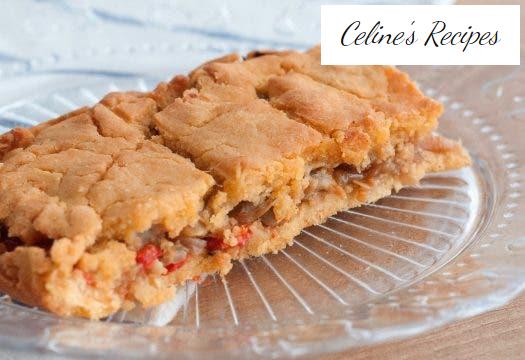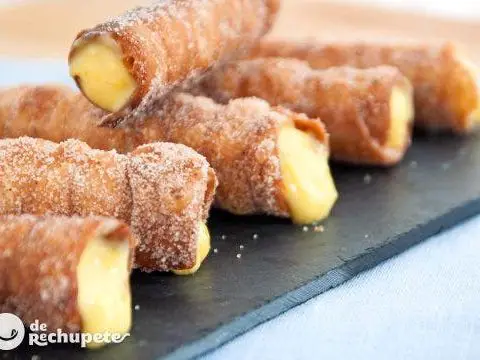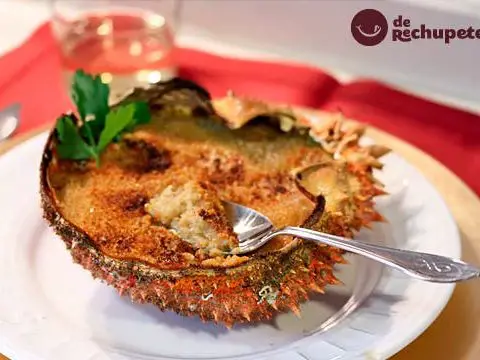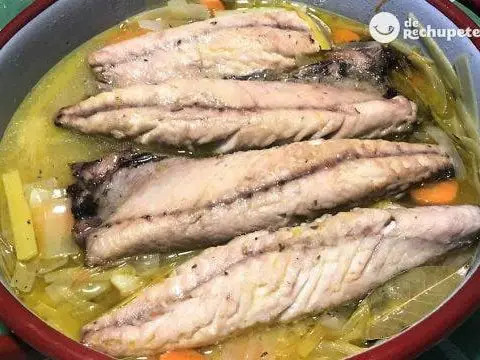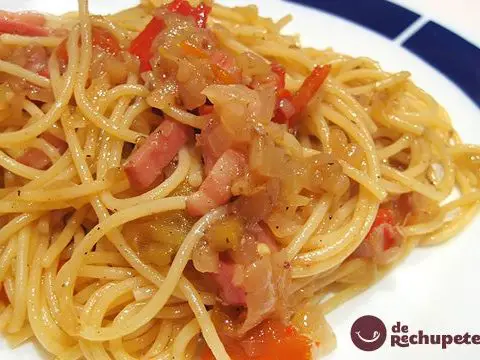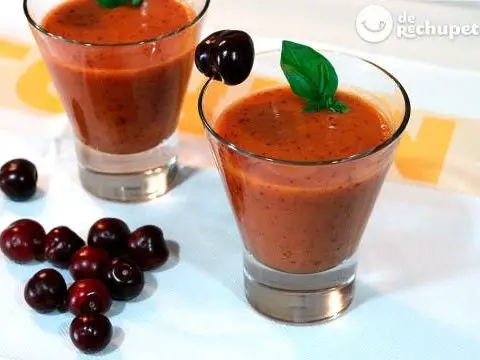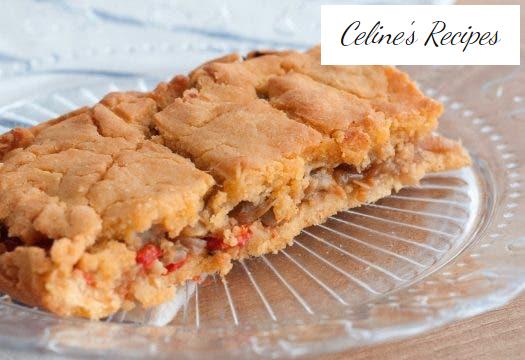
Info.
- Hard
- 90 minutes
- For 8 people
- € 3 / person
- 345kcal per 100g.
How to make a Galician cockle or croquette pie .
When you go to Galicia and see in a restaurant empanada de millo con croques … come in and ask for a piece, it is one of the star recipes of my land. And if you are happy, you have the recipe in your hands.
A star pie with which you will remember Galicia and its coast, all the flavor of the sea that transports you to Galician terras at a stroke.
I will not fool you, it is a laborious pie but it is worth it. The work comes from the corn dough that is difficult to handle but gives the empanada a crunchy texture that is hard to beat.
Once you have mastered the millo empanada technique, you can vary the filling.
In addition to cockles, you can find cockles and cod, octopus , scallops, scallops, sardines , xoubas or parrochas, and even conger eel. I hope you like it and cheer up with it.
Deburring cockles before cooking
- The cockles were very fresh, and the truth is that they brought very little sand from the estuary, but it is essential to remove that sand well so that it is not bothersome and does not spoil the recipe.
- This process in Galicia is called “deburring”, it is best to do it in seawater but here in Madrid it is not easy to get it, so we will do it in water with plenty of salt.
- We must place the cockles in a large bowl with plenty of cold water and a good handful of coarse salt.
- I leave them 3 hours in this salty water. About 6 grams of salt for 1 liter of water and changing the water three times, once every hour.
- Thus the cockles swallow the water with clean salt expelling the land they bring.
- We move them a little with our hands, those from the bottom up so that if they are piled up they will expel all the sand.
- We remove the cockles and drain the water. We reserve.
Preparation of steamed cockles
- To steam them, the process is very simple. Drain, wash and distribute the cockles on a clean kitchen cloth so that they are as dry as possible.
- We will heat a little bit of coarse salt (2 grams) with a few drops of extra virgin olive oil over high heat. When the casserole is at its maximum temperature, we will water it with a good splash of Galician white wine.
- Add the fresh bay leaf and cover the casserole. We raise the heat to full and when it begins to boil we uncover it and add the cockles.
- We let them cook about 2 minutes maximum, if they have been opened before we remove them. This way we avoid over-cooking.
- It is preferable to do them in several batches, preventing them from weighing each other down because it will be more difficult to get them to open. This will also be done before.
- Remove with a slotted spoon to a large tray or plate, leaving the remaining liquid.
- This remaining broth does not occur to you to throw it, it is perfect to give more flavor to the dough of the empanada (substituting the broth of the cockles for the water of the dough).
- Also to prepare a soup, a broth for a rice or to flavor some croquettes. Almost blessed water.
Preparation of the filling of the cockle pie
- We cut the onion into thin julienne strips, that is, into thin strips. Cut the red pepper into small cubes. We reserve.
- We put a saucepan with extra virgin olive oil on the fire and when it is hot, add the 2 onions and the pepper.
- We spend about 10 minutes over medium heat until they are transparent and poached. Add the sweet paprika, stir and remove everything with a slotted spoon. We move to a plate and reserve
- We separate the excess oil in a glass. We are going to use it to spread the empanada tray and to prepare the corn dough , although this last step is optional.
- It is important to remove the excess oil so that the filling is juicy and at the same time to use it in the preparation of the dough, as you can read in the post about the corn dough for empanada.
- We remove the cockles from their shell and reserve. We have everything ready to move on to the next step, preparing our cockle pie.
Making the corn pie
- We already have the companion cooling and the corn dough ready to start with the empanada. We prepare the area where we are going to knead, for example the kitchen counter is perfect.
- We divide the empanada dough into two similar parts. We knead them again in two balls of dough to be able to work well with them.
- Now we are going to brush with the oil of the sofrito the base of the mold where we are going to prepare the empanada. For the photos and the video we have chosen a rectangular mold, but you can adapt the size to the one you like best. A round empanada is also very good.
- The complicated thing about this dough is that it cannot be stretched, so you have to proceed as follows. We dip our hands in olive oil and take a small portion of the dough.
- We crush it between our hands as thin as possible and put it in the mold that we have previously greased.
- We take another portion of the dough and proceed in the same way. We place it next to the previous one and with our fingers or with a fork and stick it next to the previous one. Follow the step by step of the recipe, so you will have no doubts.
- Once the base of the mold is covered, we put the onion and pepper base on top. We place the cockles on top of the onion layer, evenly distributed so that there is seafood throughout the surface.
- We are going to finish the empanada, cover with the rest of the dough in the same way, in gobs. We place the first piece of dough and continue with the rest. Now with the help of a fork, we will go together and close all the unions. It is important that it be as fine as possible.
- Once our empanada is covered, pour a couple of tablespoons of oil on top. This type of dough wants enough oil to bake properly.
- Once covered, we are going to make some square cuts, to make it easier to cut once baked. This way it will be very easy to serve the patty portions.
Baking and final presentation of the cockle pie
- We preheat the oven for 220 minutes at 220º C.
- Bake approximately 45 minutes at 190º C, first in the bottom of the oven (about 20 minutes) and then another 20 minutes in the center. Always with temperature up and down with air. As I always tell you, each oven is a world, and it also depends on the mold used.
- In my case we have used a glass one and it takes a little longer. If you do it in a saucepan or metal mold it will be done before. When it is golden brown, remove it and let it cool a little.
- It is richer warm than hot. Be careful when removing it from the tray because it will still be hot and it is easy to break.
- Cut it by the signs we have previously made and carefully remove. Bon Appetite.
An authentic “yummy” empanada, without a doubt, the best of the Rías Baixas.
You can see all the photos of the step by step recipe for cockle pie. Do not lose detail and it will be perfect the first time, as in Galicia itself.
